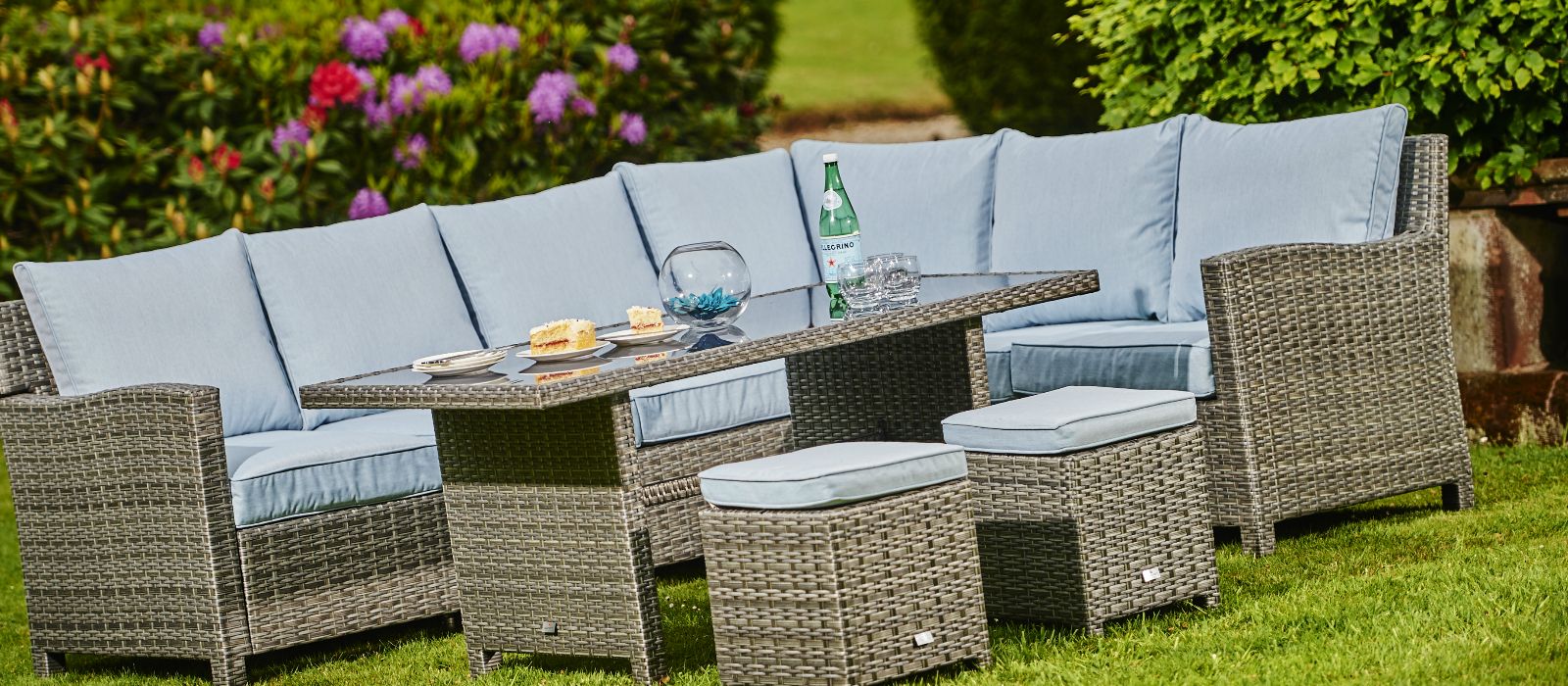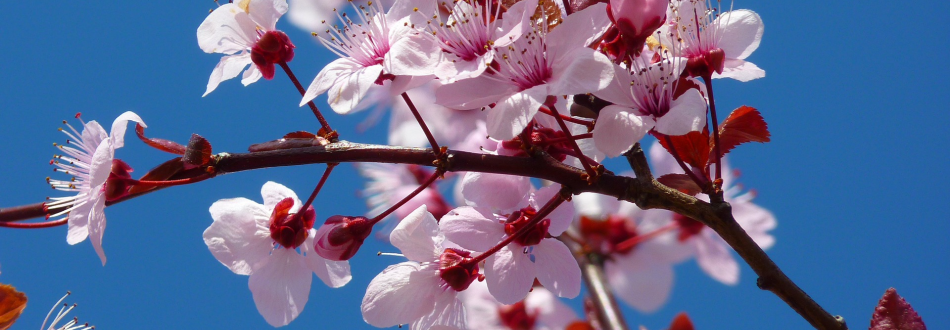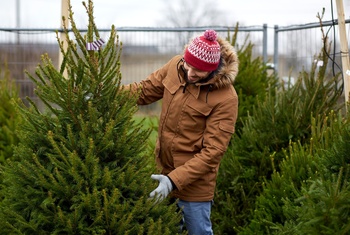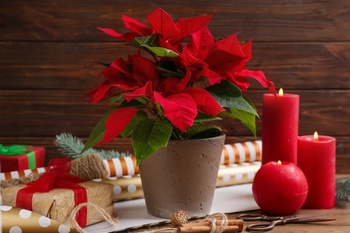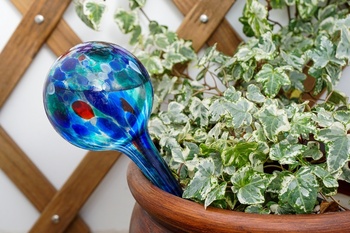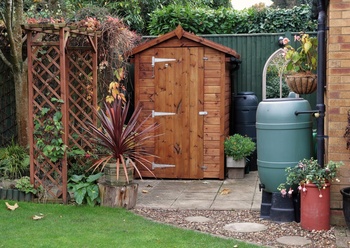
Cut and dry lavender flowers just as the buds begin to open, when they will retain their colour and scent better, rather than waiting for the flowers to fully mature.
Cut flowers with long stems, then trim the ends evenly and tie them into small bunches that can be hung upside down in a cool, airy room to dry. A dry garage is ideal, but an unheated spare room or corridor works well too.
The flowers take a few weeks to dry. If you want to remove the flowers from the stems, wait until the blooms can be knocked off the stem easily when they will be ready to harvest: you can use them in lots of different ways, from filling decorative lavender bags to scent drawers or hang under the hot tap and infuse your bath with relaxing aromas; to baking into delicious cakes and biscuits.
Lavender is at its very best right now and a must-have for any garden. Bees, butterflies and other pollinating insects adore the long-lasting flowers and they’re low maintenance, too, requiring just one trim a year to keep them neat and compact.
There are three main groups of lavender to choose from. The English lavenders, Lavandula angustifolia, are very hardy and produce fine, pale mauve flowers with the strongest scent. They include famous varieties like ‘Hidcote’ and ‘Munstead Wood’. French lavenders, L. stoechas, are particularly decorative, with large, ‘bunny-ear’ flowers held over soft, silvery foliage. They are less tolerant of extreme cold and a little smaller, too. And finally, there’s hybrid lavender, L. x intermedia, which includes varieties like ‘Grosso’: these plants are also frost-hardy and have the largest flowers with a powerful scent. Whichever you choose, give your lavenders a free-draining spot in full sun and they’ll reward you with a summer of scent and flowers for many years to come.

